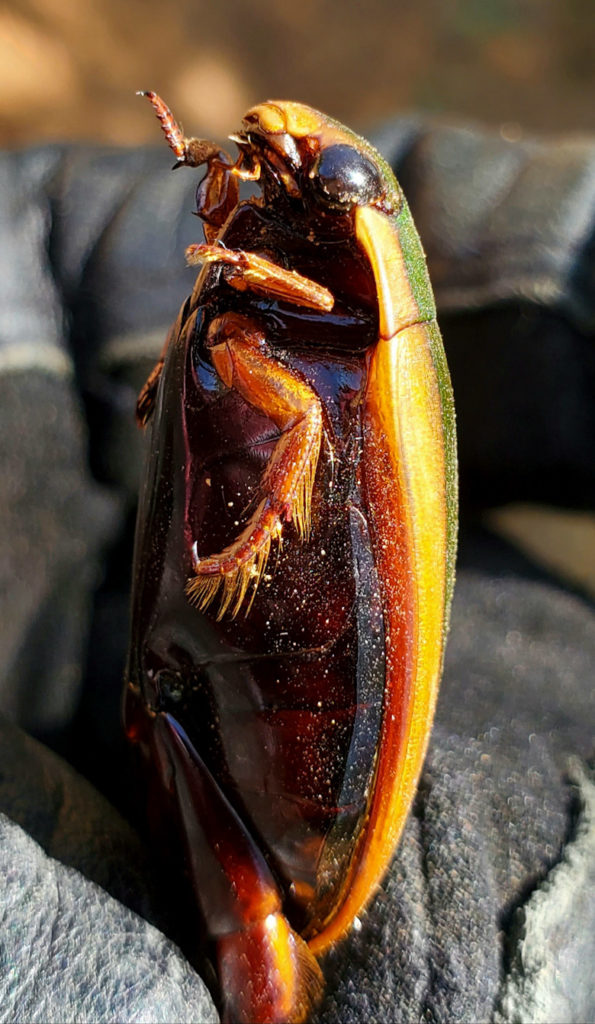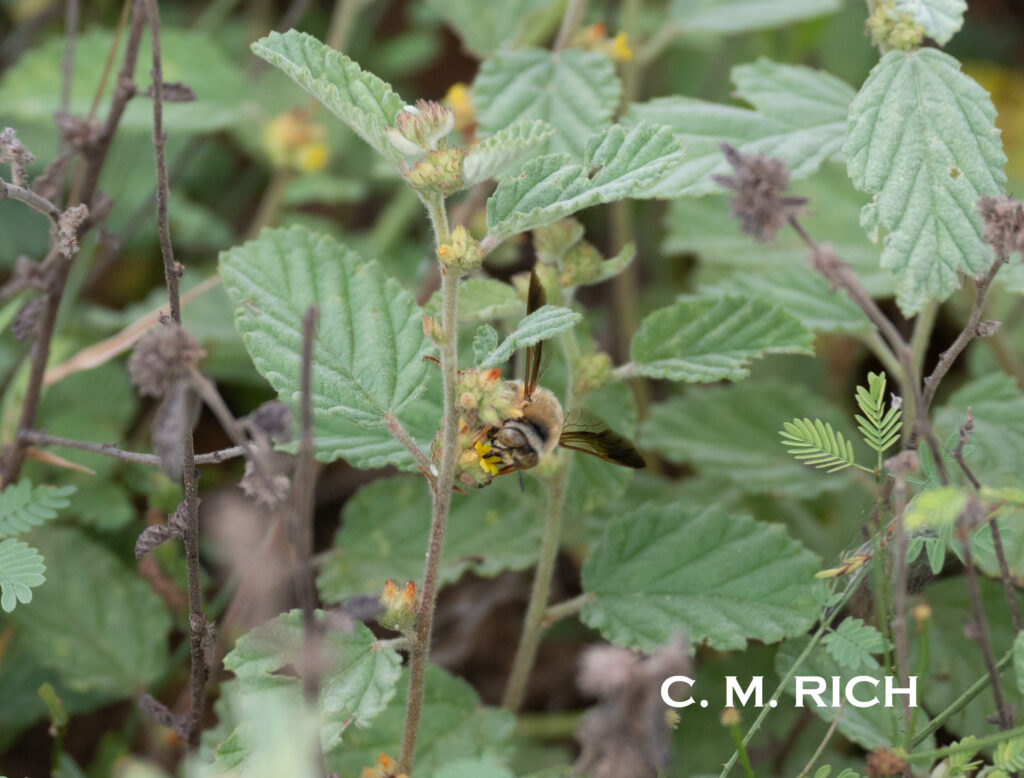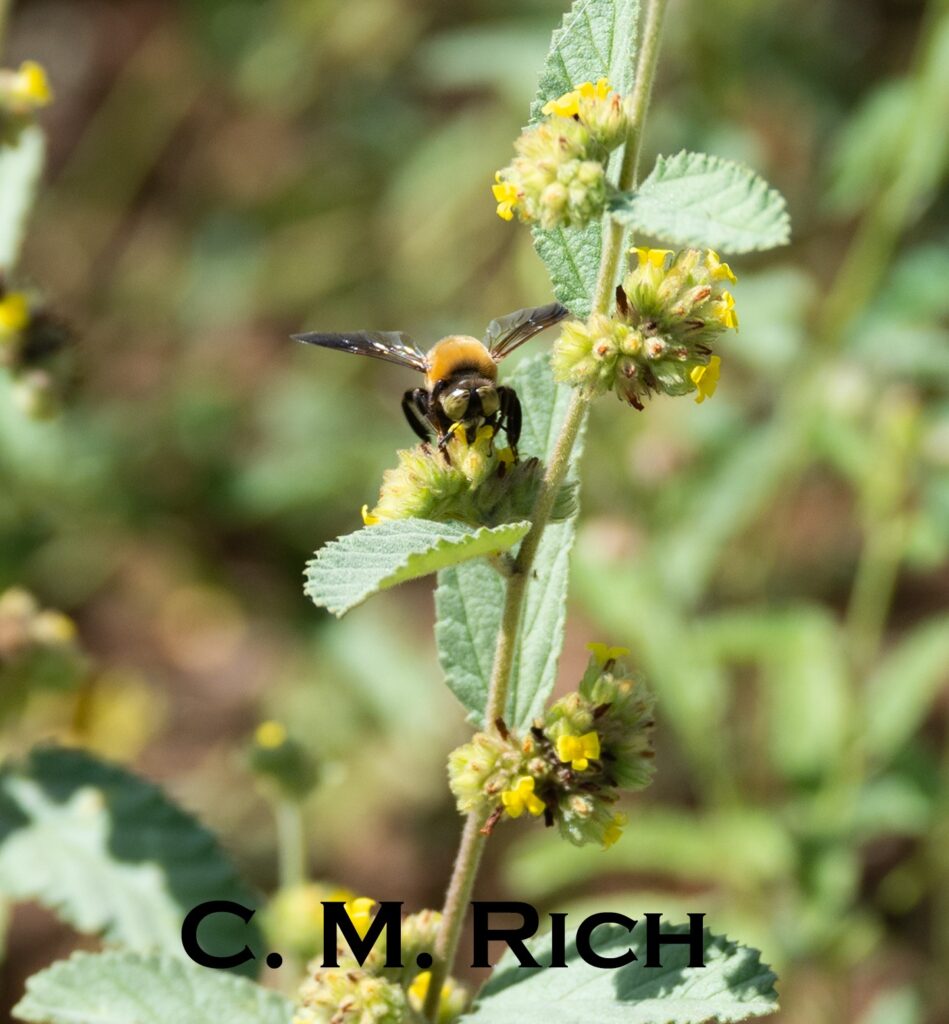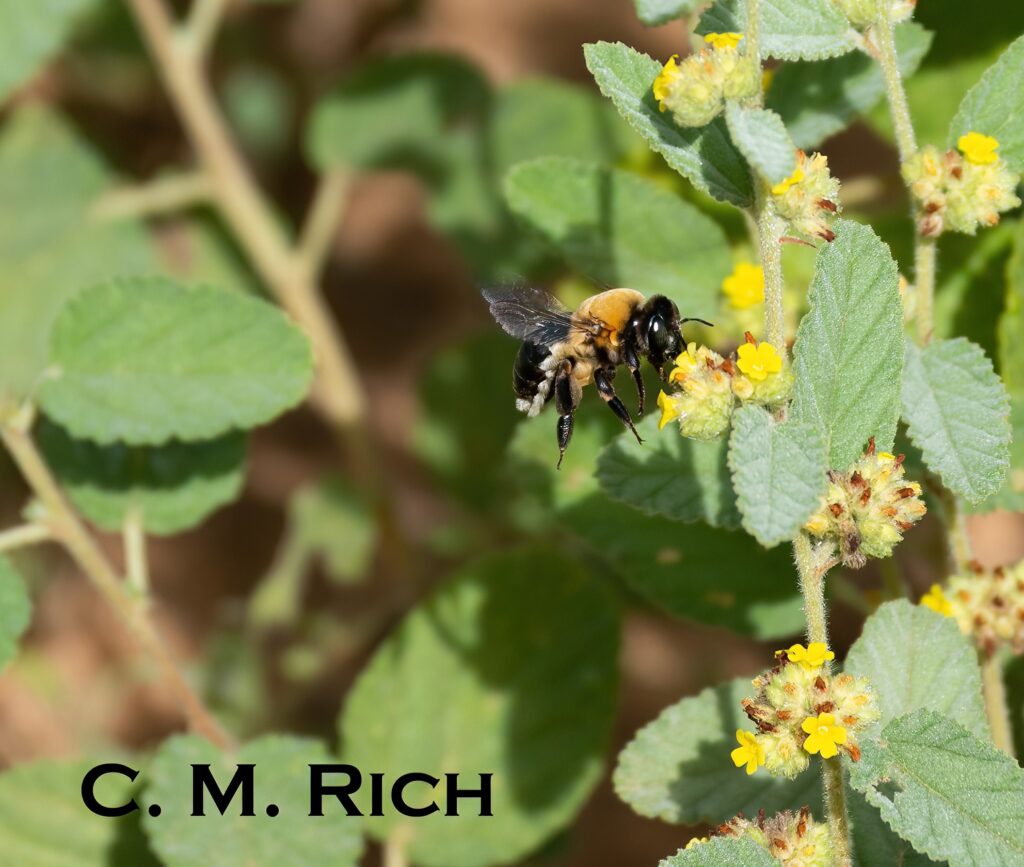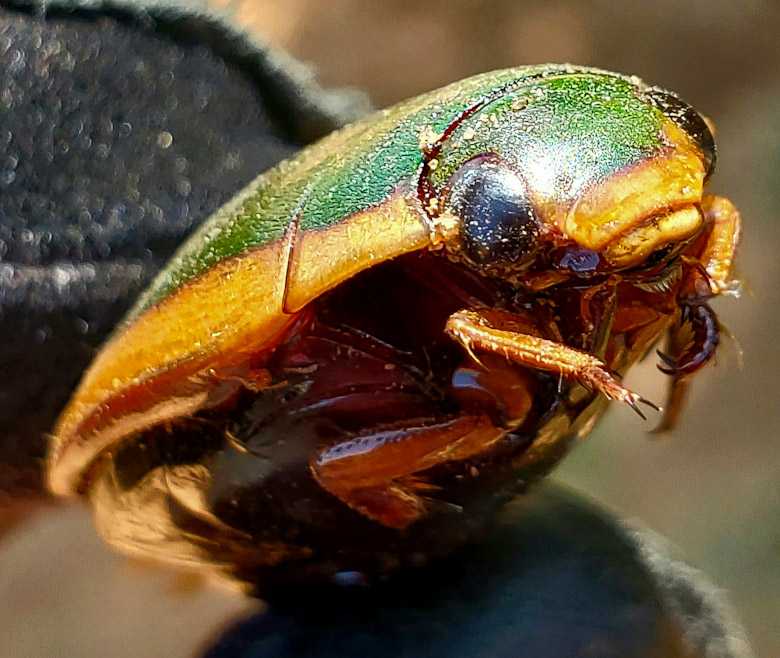
This giant diving beetle is listed as a species of predaceous diving beetle found in North America. They are found in aquatic environments and both larvae and adult prey on aquatic insects and fish. I found this particular one, already deceased, on the ground beside one of the watering troughs on a recent ranch visit. Its green and yellow hard outer wings, that I have since learned are called elytra, were hard to miss as they stood out in quite stark contrast to the red, sandy soil that it lie motionless on.
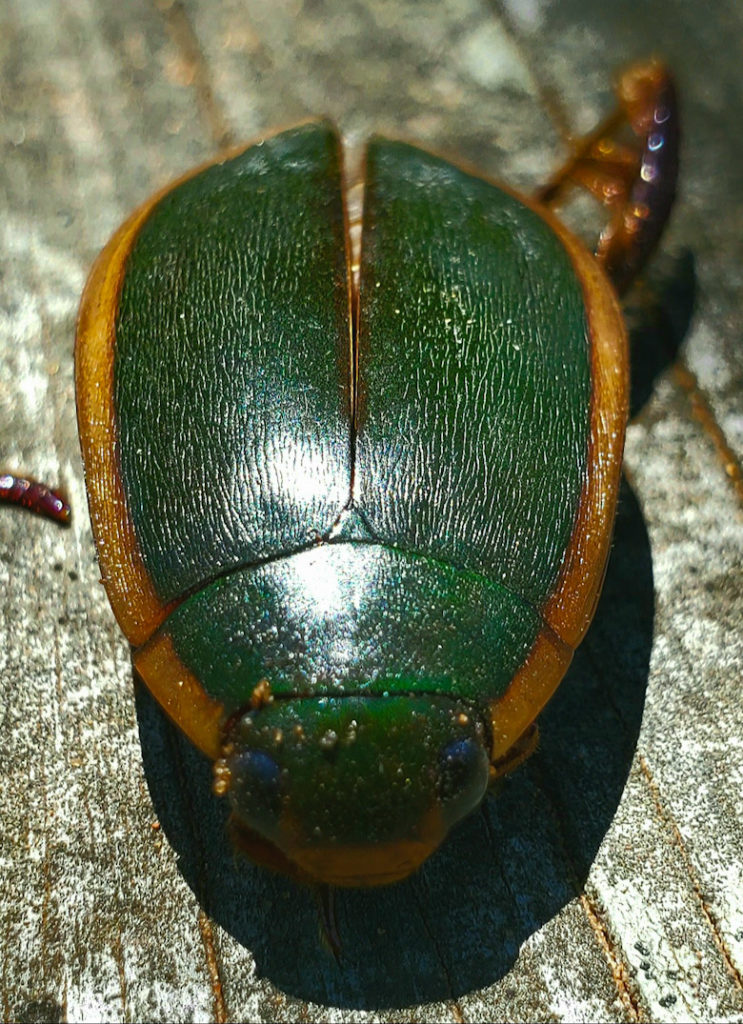
A few beetle basics:
- Most beetles are able to fly.
- Some beetles, such as the Fringed Diving Beetle, are able to swim.
- Beetles wear their skeletons on the outside—exoskeletons.
- Beetle bodies are divided into three (3) parts: head, thorax, and abdomen.
- Beetles’ eyes are compound, which allow them to see many views of something all at once.
- The four stages of the beetle’s life cycle are: egg, larva, pupa, and adult.
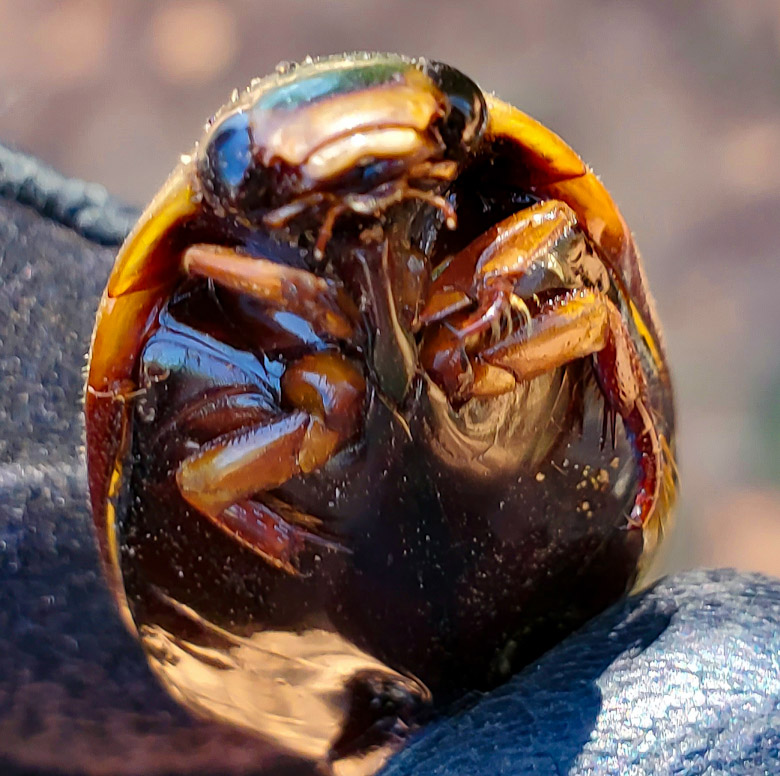
The larva of this beetle are known as “water tigers.”
Taxonomy
Kingdom: Animalia
Phylum: Arthropoda
Subphylyum: Hexapoda
Class: Insecta
Subclass: Pterygota
Order: Coleoptera
Suborder: Adephaga
Superfamily: Dytiscoidea
Family: Dytiscidae
Subfamily: Cybistrinae
Genus: Cybister
